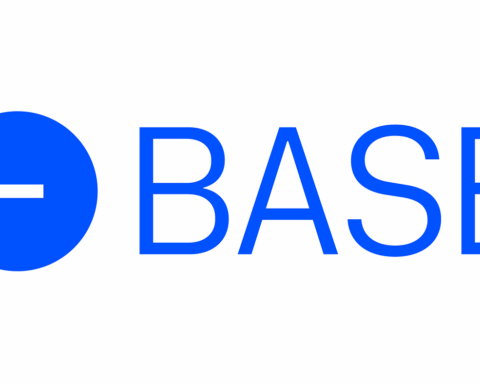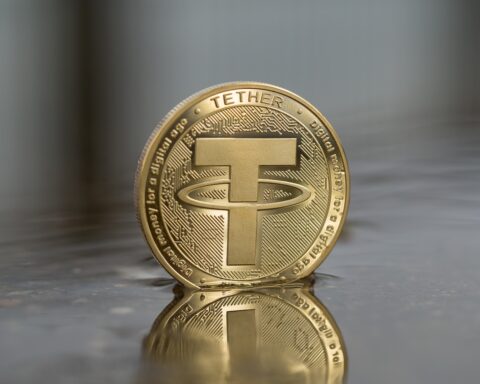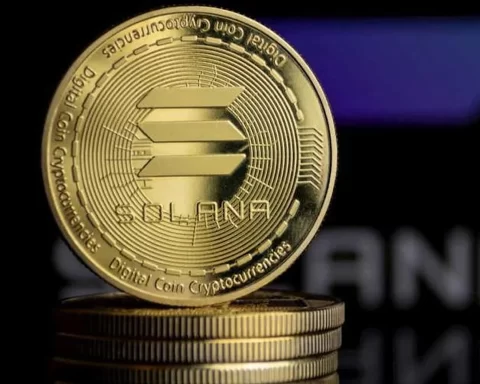The recent surge in transaction fees on both the Ethereum and Bitcoin networks has reignited discussions surrounding scalability solutions and the role of layer 2 solutions.
Over the past 24 hours, cryptocurrency enthusiasts have shared screenshots depicting skyrocketing transaction fees on Ethereum and Bitcoin.
Some screenshots displayed gas fees as high as $220 for high-priority Ethereum transactions, while others hovered around the $100 mark.
On the Bitcoin side, users reported fees of approximately $10 for high-priority transactions.
This, though relatively low, represents a significant increase compared to the average Bitcoin transaction cost of around $1 over the past three months, as reported by BitInfoCharts.
These fees on Bitcoin haven’t been this high since May.
At the time of writing, conducting a $300 transfer on the decentralized exchange Uniswap using an Ethereum hot wallet incurs a network cost of $45.65, according to a test transaction by Cointelegraph.
The surge in gas fees has led proponents of blockchains like Solana to highlight the cost-effectiveness of transactions on their networks.
Solana, for instance, charges only $55-60 per minute for all users, contrasting starkly with Ethereum’s high fees.
In response to this fee surge, some have questioned how these high fees benefit lower-income individuals and the unbanked population.
READ MORE: Robinhood Announces European Expansion Amid Cryptocurrency Challenges
The impact on such users during times of network congestion and high fees can be detrimental.
Before the recent fee surge, Ethereum transaction costs averaged $11.35 on November 8, according to BitInfoCharts.
Just a few weeks earlier, on October 14, fees had dropped to as low as $1.40, marking the lowest point in 2023.
Notably, gas fees on Ethereum had previously peaked at $196 on May 1, 2022, with fees consistently above $20 between August 2021 and February 2022.
Bitcoin and Ethereum developers have chosen to prioritize decentralization and security at the base layer, opting to offload much of the execution environment to layer 2 solutions to reduce transaction costs.
Bitcoin utilizes the Lightning Network for scaling, while Ethereum has various layer 2 solutions like Arbitrum, Optimism, and Polygon to enhance speed and affordability.
However, opinions diverge on whether layer 2 solutions are the ideal approach to tackle scalability.
Justin Bons, founder of cryptocurrency investment firm Cyber Capital, advocates for monolithic blockchain architectures in which consensus, data availability, and transaction execution all occur on the base layer, citing Solana as an example.
Bitcoin and Ethereum, in contrast, employ modular blockchain designs by offloading certain transactions to a second layer.
Critics of Solana have highlighted network congestion-related outages, arguing that a modular blockchain design offers a more effective scalability solution.
The debate continues as blockchain ecosystems explore ways to address the pressing issue of high transaction fees.
Discover the Crypto Intelligence Blockchain Council




